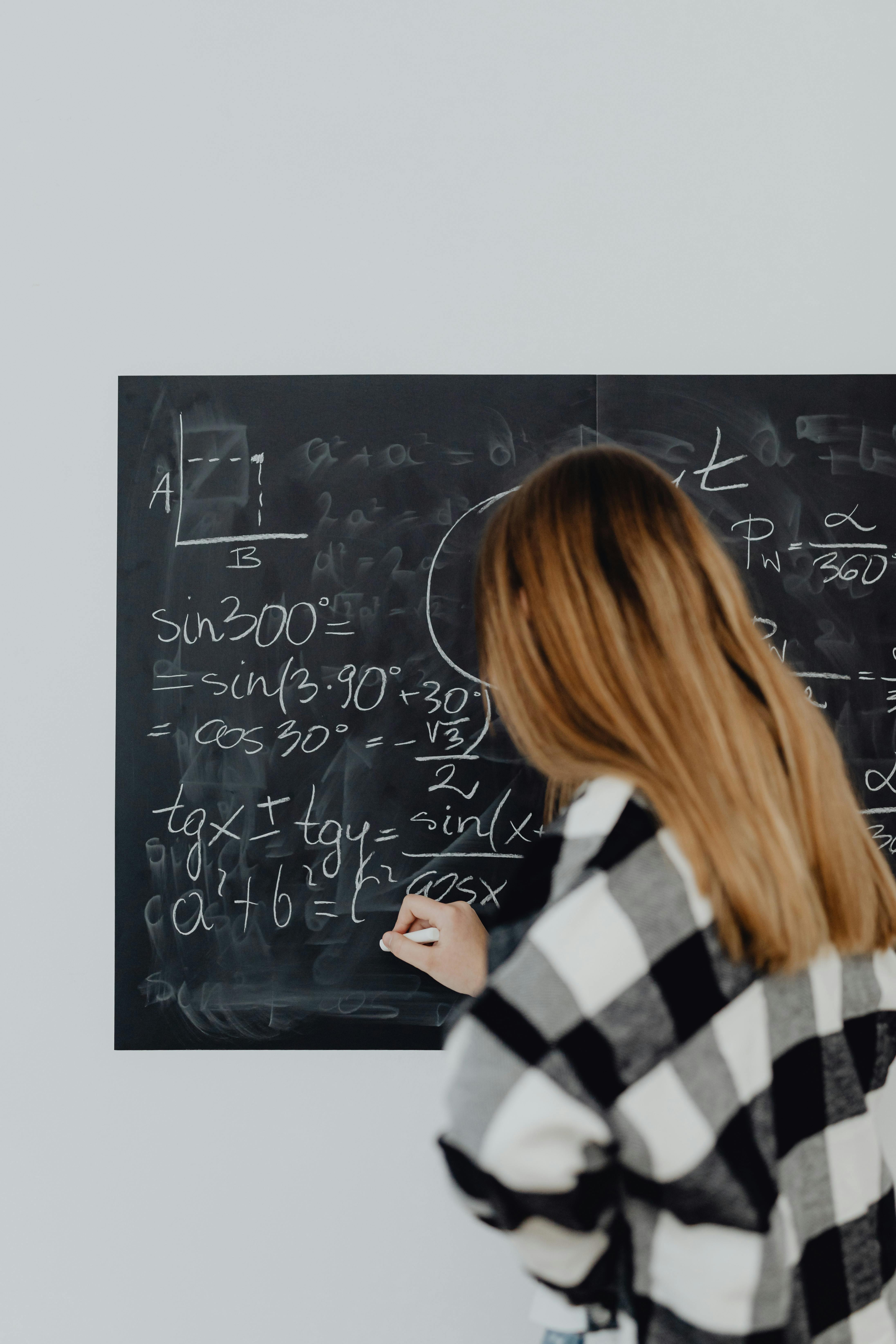Twelve cards are numbered 1 to 12. Amir sorts these cards into pairs. Each pair adds to the same total. Which number must be paired with 3?
A 8 B 9 C 10 D 11 E 12
C
In any sequence of consecutive integers, adding the first and the last, the second and the second last, the third and the third last etc gives the same total. So in this case, 1 + 12 = 13, 2 + 11 = 13, 3 + 10 = 13, etc,; thus 3 must be paired with 10, answer C. This gives a very quick way to add up a sequence of consecutive integers, add together the first and the last, and halve the answer. This represents the average of all the numbers so now multiply by the number of numbers in the sequence to get the total.

This course guides you through the fundamentals of Python programming using an interactive Python library known as Turtle.

This course encompasses a range of Geometry topics such as coordinate and spatial geometry, introductory trigonometry, angles, parallel lines, congruent and similar triangles, polygons, circles, the Pythagorean Theorem, and more. Emphasis will be placed on reinforcing Algebra skills and enhancing critical thinking through problem-solving in both mathematical and real-world contexts.

Ask about our courses and offerings, and we will help you choose what works best for you.